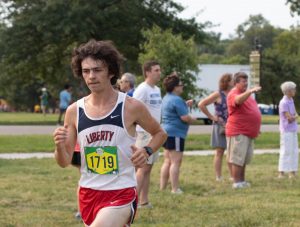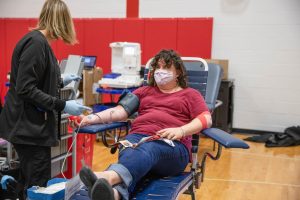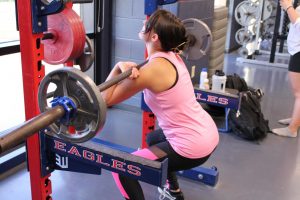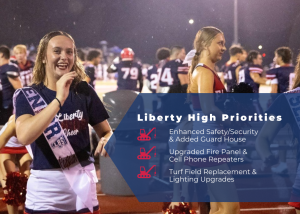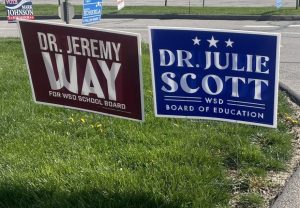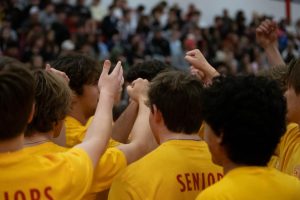Students Learn To Solve a Case
PBS students investigate a mysterious death while learning about forensics
The crime scene is set up in the back of the PBS classroom.
October 22, 2021
You walk into the classroom. You see tall brown cupboards to the left and smaller black shelves to the right filled with papers, books, and other things. Next to the shelves, you see a black file cabinet covered in photos. In front, you see Ms. Strathman’s long desk. You walk further into the classroom you can see lab stations at the right side of the classroom and rows of desks in the middle. At the back, you can see students all gathered in front of something writing notes and sketching something, while Ms. Strathman is at the very back of the classroom writing on the whiteboard. You go to the back of the classroom to see what the students are gathered in front of. Then you see the caution tape, the overturned desk and chair, the body, and the blood. The body belongs to Anna Garcia and the cause and manner of her death are unknown. But don’t worry, the young forensic scientists in PBS are solving the case.
PBS students are solving a case and gathering information to find out how Anna Garcia, fake victim, died. They gather information on Anna’s death by analyzing and performing polygraph tests (lie detecting tests) on witnesses and looking at fingerprints, hair, and even DNA evidence. They also analyze blood evidence and blood spatter, gaining new information every day. In this case, however, anything is a possibility.
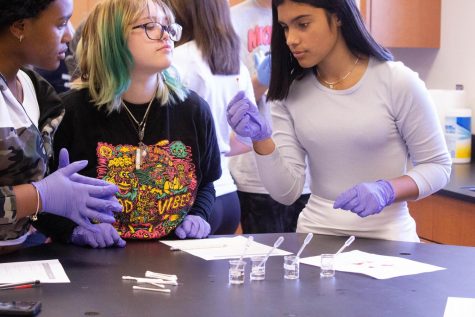
The students while solving the case have a lot of fun doing so. “This class is a lot more fun than math class. I actually feel like I get to escape from school,” freshman Lacie Coffman said.
“I liked it because it was very hands-on, and I got to be involved,” freshman Kennedie Zoellner said.
For many students, the Anna Garcia case is their favorite unit and memory.
“It is definitely a favorite among students,” teacher Ms. Strathman said. “It’s the one I hear about the most after students have moved on to HBS (Human Body Systems), MI (Medical Intervention), and BI (Biomedical Intervention). The students tend to like it, so it gets me really excited as well.”
While solving a mysterious death case is fun and intriguing, the students learn a whole lot by doing so. Throughout the time they are trying to solve the case, the students learn about forensic sciences, which is a branch of biomedical sciences.
“I watch a lot of ‘Criminal Minds.’ So sometimes when they are dusting for fingerprints I wondered how they can see whose fingerprints are whose,” junior Viance Malave said. “To me, they all looked the same, but I got to learn what makes each fingerprint different. So I thought that was really cool.”

They also learn about different professions in forensic sciences like forensic technicians. At the same time, they are learning about different medical terminology and facts. For example, while trying to find out whose blood was at the crime scene students learn about blood and blood types.
So what is PBS anyway? PBS stands for principles of biomedical sciences.
“It is a class that teaches the natural sciences with an emphasis on clinical medicine as well. So we learn the basic principles of biology, anatomy and physiology, chemistry, and all of those other basic sciences. However, we also include medicine. So we learn different medical issues people can face, interventions, and treatments,” Ms. Strathman, PBS & HBS teacher said. PBS is a part of the Project Lead the Way Biomedical courses, and it is a great class for those interested in a career in medicine.



